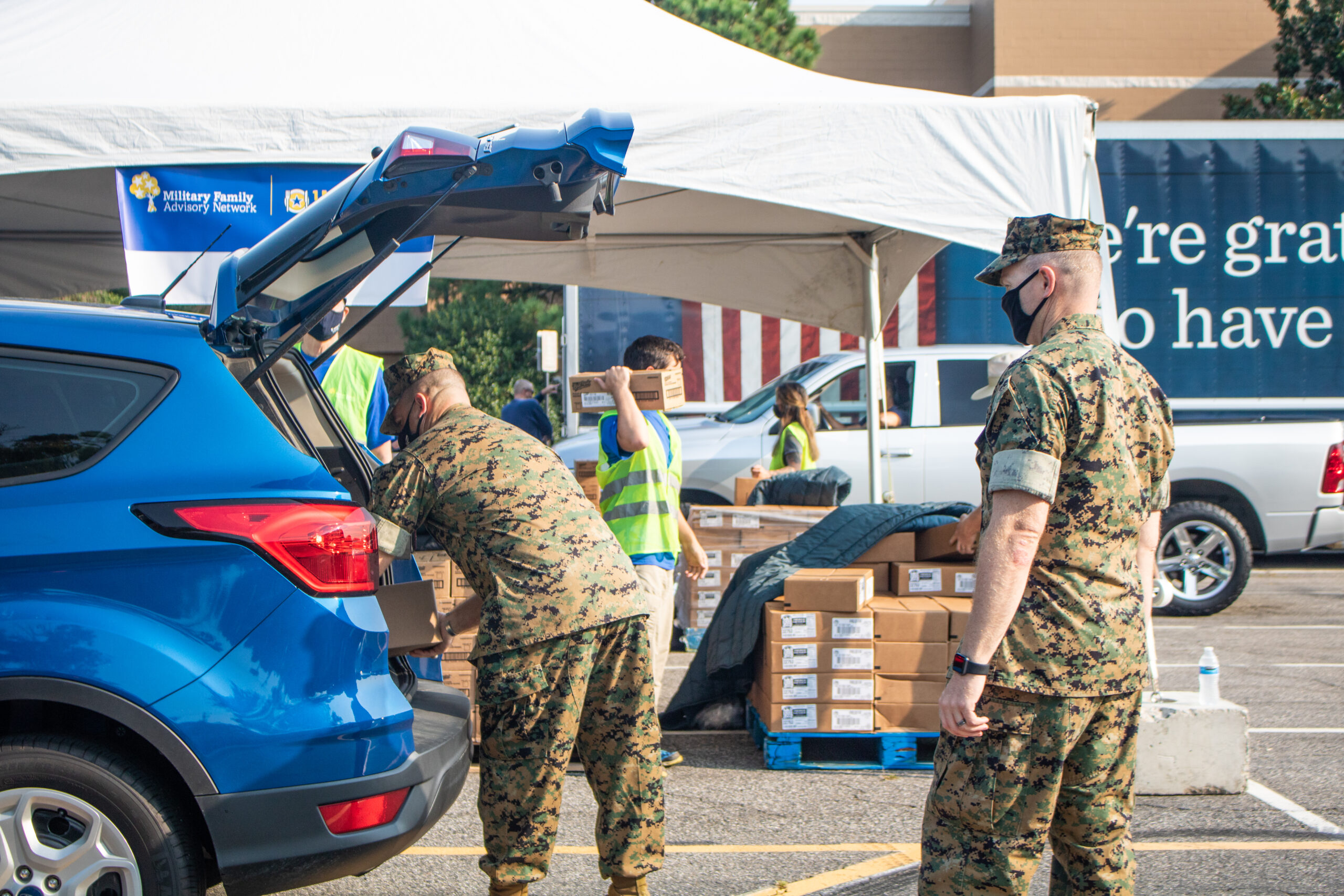Already a subscriber? Make sure to log into your account before viewing this content. You can access your account by hitting the “login” button on the top right corner. Still unable to see the content after signing in? Make sure your card on file is up-to-date.
A study from the University of Georgia has uncovered that approximately 12.5% of military families sought aid from food banks at the pandemic’s peak. The research, which surveyed over 8,000 military households applying for childcare subsidies through the National Military Family Association, indicated a significant reliance on food pantries within the past year.

Despite the presence of more than 280,000 active-duty service members facing food scarcity, a majority are ineligible for federal aid such as SNAP due to the inclusion of the military housing allowance in income assessments. Consequently, a mere fraction of these individuals – only 22,000 – benefited from SNAP, pushing a considerable number to depend on alternative food assistance resources.

The study noted the majority of the families struggling with food security had one or two children and were dual-income, yet military spouses often confront employment issues due to frequent relocations and gaps in employment history.
Further distinctions emerged within the study, including that Army families were significantly more likely to utilize food banks compared to Air Force families.

In response to the pressing need for food assistance among military families, 74 out of 199 Feeding America food banks have established specific programs to support them, with many situated near military bases.
This comes as Congress instituted the Basic Needs Allowance in 2023, aiming to alleviate the financial strain for military families earning below 130% of the federal poverty level.






